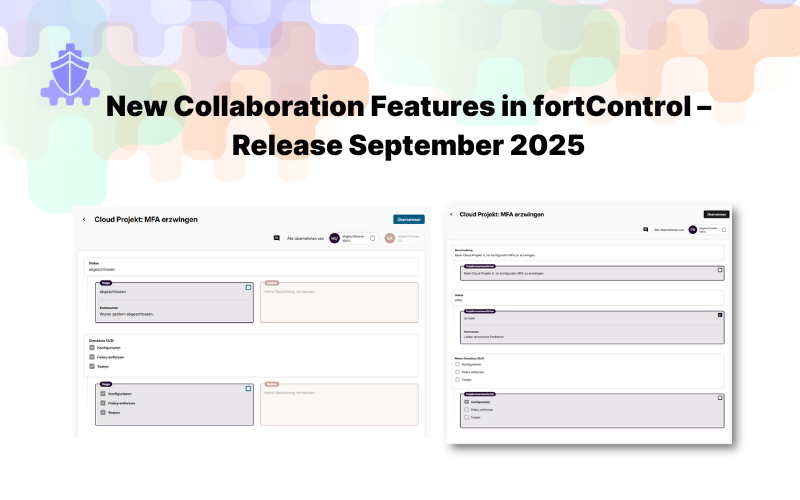Part 2 - Charting a course in uncertain times: Successful cyber risk management
Set sail in the second part of our blog series "Navigating the Stormy Waters of IT Security." This time, we delve into how effective risk management protects your company from the unpredictable storms of cyber threats. Discover how to safely navigate the crown jewels of your data and arm yourself against the pirates of the digital world.
Welcome to the second part of our blog series "Navigating the Stormy Waters of IT Security". In part 1, we showed how governance creates clear structures and responsibilities to steer safely through cyber threats. Now the focus is on risk management, an essential component for guiding your company safely through the unpredictable waters of cybersecurity.
Protecting your company's crown jewels
Cybercriminals are like pirates in search of your precious gold – the crown jewels of your company. These crown jewels could be sensitive data, trade secrets or customer data. You need to know what your crown jewels are and how to protect them. With limited budget and resources, you have to decide what level of protection is needed and how much risk you are willing to accept. This also includes avoidance strategies and the delegation of risks, for example through cyber insurance.
Setting the course: identifying and analyzing risks
As a CISO or IT security officer, your particular challenge in risk management is to identify and analyze the most important threats. While at sea, potential dangers such as hidden reefs, sudden storms and drifting wreckage can occur, in cyberspace there are threats such as phishing attacks, unauthorized data access and malware. Phishing attacks are like unexpected storms that can suddenly arise and cause considerable damage. Malware infections, on the other hand, are like floating debris that can slow down your systems and endanger your data. The art of risk management lies in knowing where to set priorities by analyzing the threat landscape.
Steady as she goes: prioritizing and addressing risks
Once you have identified the threats, it is time to strengthen your ship. Not all risks are equal, so it is important to prioritize and decide which threats need to be addressed first. Imagine that you are strengthening the hull of your ship and distributing life jackets to be prepared for stormy waters.
For example, if phishing attacks are a significant threat to your organization, you should prioritize them highly. Measures such as identity and access management (IAM) ensure that only authorized individuals have access to your valuable data. It's like only allowing trusted crew members (authorized personnel) to enter the ship's cabins (your data). Implementing a zero trust architecture is like having strict access control on board, checking everyone who wants to board the ship, even if they are already on board. Regular awareness training is like training sessions for your crew to ensure that everyone is prepared for potential threats and knows how to respond to them. This way, your employees remain vigilant and ready to face any threat.
Keeping an eye on the horizon: monitoring and adapting
Risk management is like a pair of binoculars that allow you to see far into the future to identify potential threats and vulnerabilities early on. By conducting regular risk assessments and continuous monitoring, you can proactively ensure that your ship stays on course and that you can respond to threats in a timely manner. Constantly improving your security controls and strategies is crucial to ensuring the safety of your ship.
Regular monitoring also means adapting to new regulatory requirements. New laws, such as the revised data protection legislation (revDSG) in Switzerland or the NIS2 directive in the EU, set new standards for the protection of information. When new requirements such as the revised Electricity Supply Ordinance, which makes ICT minimum standards mandatory, come into force, your security strategies must be updated to remain compliant.
Dynamic risk management is like an experienced captain who learns from every storm and continuously optimizes route planning. Regular audits and security assessments ensure that your security protocols are in line with current threats and legal requirements.
Safely continuing the journey
With a clear understanding of the risks and robust protective measures, you can safely navigate the stormy waters of IT security. Risk management gives you the tools to keep your ship stable and on course, while ensuring that your valuable cargo – your data and systems – is brought safely to its destination.


.png)

.png)